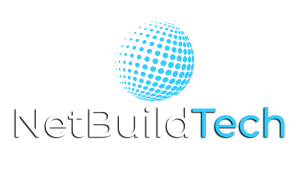About Data Center Movement
Data Center Movement to Cloud Infrastructure
Transitioning to the cloud, whether fully or partially, demands careful planning. Many enterprises realize this as they embark on their cloud journey. Simply engaging with a cloud provider is just the beginning; ensuring optimal efficiency and scalability requires thorough planning and execution.
Strategic Planning for Seamless Data Center Migration and Cloud Adoption
Initiating a data center migration necessitates meticulous planning and a phased execution approach to minimize disruptions to business operations, service delivery, performance, and data protection standards. Adhering to these steps for strategic planning in cloud adoption will enable organizations to unlock the cost efficiency, scalability, time-to-market advantages, as well as the security and compliance benefits offered by cloud computing, especially in the realm of multicloud environments.
1. Planning and Design:-
In this phase, you'll need to answer key questions about your current and future data and applications. This includes determining your need for cloud compute and storage resources, resource segmentation, access policies, and security measures. Understanding how your IT services and applications are utilized is crucial.
2. Interconnection:-
Emphasizing cloud interconnectivity from the start facilitates the creation of a high-performing, scalable, secure, and cost-efficient interconnected-cloud setup. Evaluating connectivity options, such as MPLS, VPNs, direct cross-connects, or internet usage, on a case-by-case basis is crucial. Proximity of interconnections between clouds, data, applications, and users optimizes performance. Multicloud interconnectivity is increasingly vital for reducing IT spending, improving service delivery, and enhancing redundancy. By 2020, 86% of companies are projected to embrace multicloud interconnectivity to reduce Capex in the next five years.
+91 90081 52084
